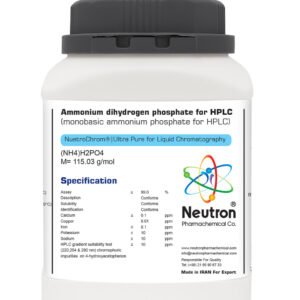1,4-Dioxane is a colorless, sweet-smelling, heterocyclic organic ether commonly referred to simply as dioxane, since other isomers (1,2- and 1,3-) are rare. It is fully miscible with water but has low volatility when dissolved and is not easily removed by activated carbon or oxidized by common oxidants.
🏭⚗️ Synthesis
Discovered in 1860 by Agostinho Vicente Lourenço through the reaction of diethylene glycol with 1,2-dibromoethane, its industrial production began in the 1920s via acid-catalyzed dehydration of diethylene glycol, which itself is derived from ethylene oxide hydrolysis. Production volumes reached between 11,000 and 14,000 tons globally in the 1980s.
It serves as a solvent in manufacturing and as a stabilizer during the transport of chlorinated hydrocarbons in aluminum containers. Because aluminum normally forms a protective oxide layer, disturbance of this layer allows reactions that produce harmful byproducts; dioxane prevents these reactions by binding to aluminum trichloride.
Structure
Among three isomers, the 1,4-dioxane isomer is the most important. It has flexible conformations (chair and boat forms) that rapidly interconvert, giving a single signal in H NMR spectra. Due to this, it is sometimes used as an internal standard in NMR spectroscopy.
🧪 Applications
Stabilizing 1,1,1-trichloroethane in aluminum containers to prevent corrosion and unwanted reactions.
Solvent in organic synthesis such as nickel-catalyzed oxidative arylation of dioxane with arylboronic acids to make α-arylated ethers.
Used in synthesizing compounds like (chloromethyl)dimethylphenylsilane and N-(2,2,2-trifluoro-1-hydroxyethyl)-acetamide.
⚠️ Safety
Exposure to dioxane vapors irritates eyes and respiratory tract and can damage organs like liver and kidneys at high levels. It is highly flammable, and burning releases toxic and corrosive vapors. Environmentally, it can contaminate air and drinking water from manufacturing waste. It is classified as a possible human carcinogen (IARC Group 2B) and a probable human carcinogen by the US EPA (2024). For example, New York State limits its concentration in drinking water to 1 part per billion due to its toxicity.




